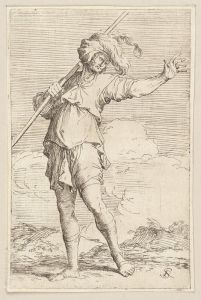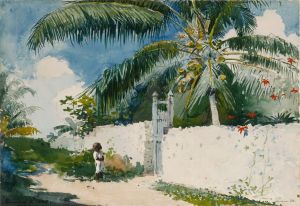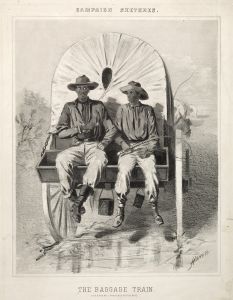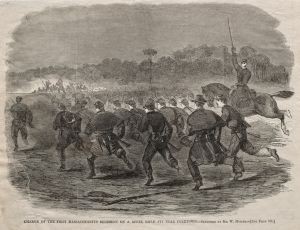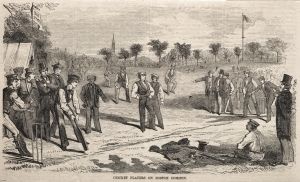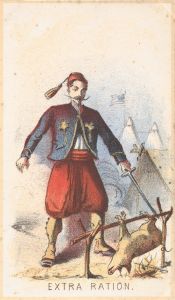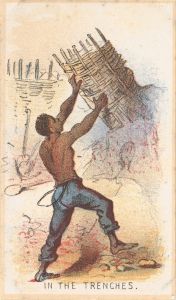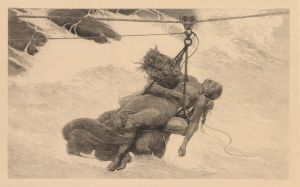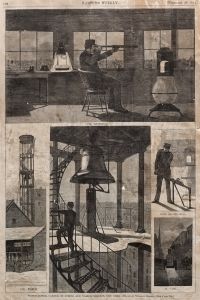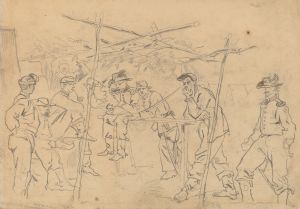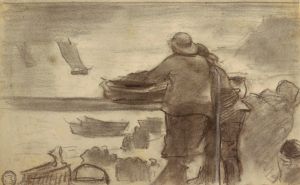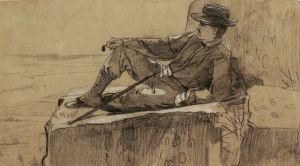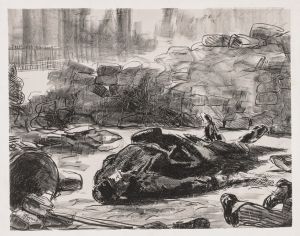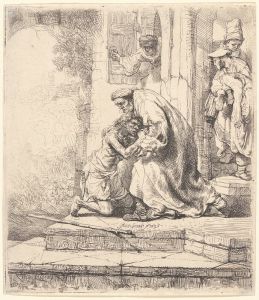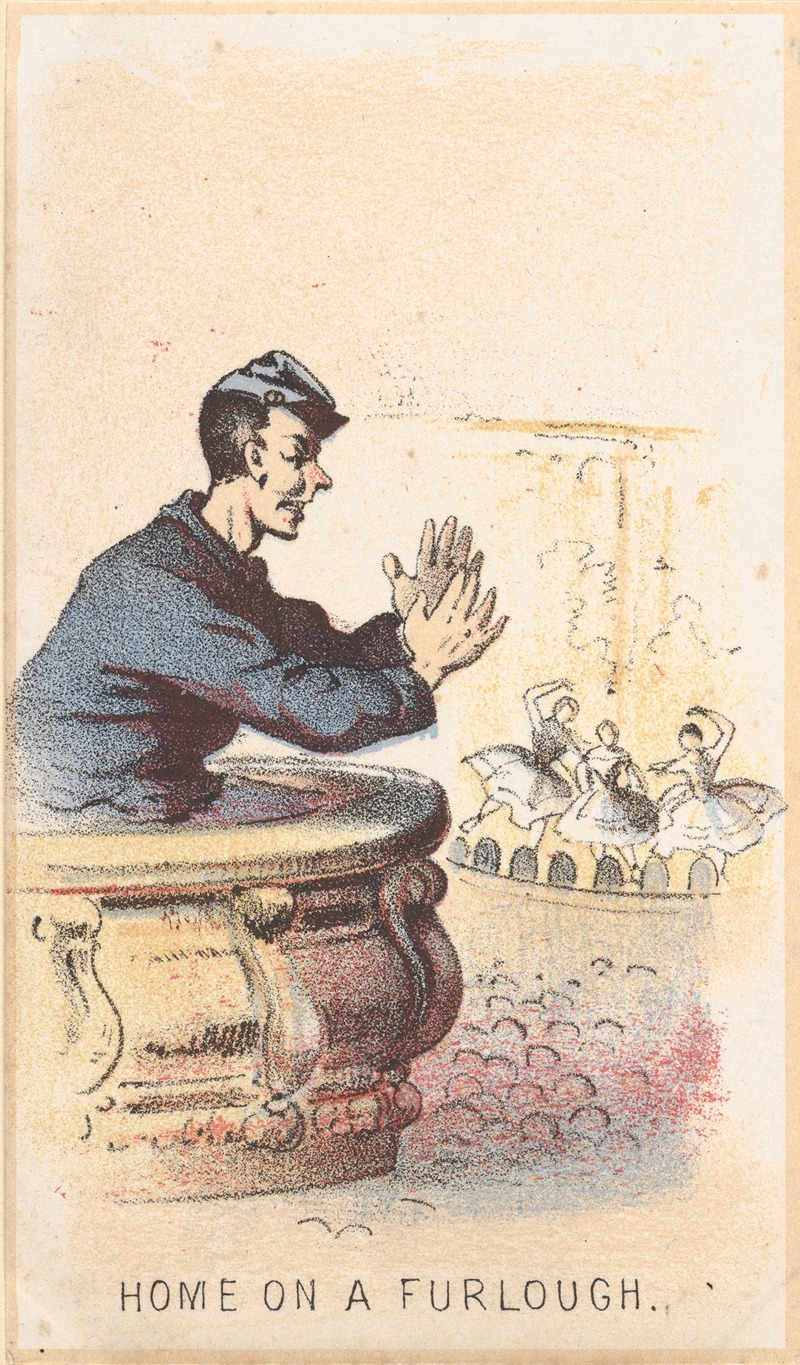
Home on Furlough
A hand-painted replica of Winslow Homer’s masterpiece Home on Furlough, meticulously crafted by professional artists to capture the true essence of the original. Each piece is created with museum-quality canvas and rare mineral pigments, carefully painted by experienced artists with delicate brushstrokes and rich, layered colors to perfectly recreate the texture of the original artwork. Unlike machine-printed reproductions, this hand-painted version brings the painting to life, infused with the artist’s emotions and skill in every stroke. Whether for personal collection or home decoration, it instantly elevates the artistic atmosphere of any space.
Winslow Homer, an American artist renowned for his landscape paintings and depictions of American life, created "Home on Furlough" in 1864. This painting is a significant work from Homer's Civil War period, a time when he produced numerous illustrations and paintings that captured the essence of American society during the war.
"Home on Furlough" is an oil painting that reflects Homer's keen observation of the human condition and the impact of the Civil War on individuals and families. The painting portrays a soldier who has returned home on furlough, a temporary leave from military service. This theme was particularly resonant during the Civil War, as many soldiers experienced brief returns to their families amidst the ongoing conflict.
In the painting, Homer captures the emotional complexity of the soldier's return. The composition typically includes the soldier in a domestic setting, surrounded by family members. The interaction between the soldier and his family is central to the narrative, highlighting themes of reunion, relief, and the temporary nature of his return. The painting conveys a sense of intimacy and personal connection, which was a hallmark of Homer's work during this period.
Homer's technique in "Home on Furlough" is characterized by his use of light and shadow to create depth and emotion. His attention to detail and ability to capture the subtleties of human expression contribute to the painting's emotional impact. The use of color and composition helps convey the warmth of the home environment, contrasting with the soldier's experiences on the battlefield.
This painting is part of a broader body of work by Homer that explores the Civil War's effects on American society. During the war, Homer worked as an illustrator for Harper's Weekly, where he documented various aspects of the conflict. His experiences as an artist-reporter informed his later paintings, including "Home on Furlough," allowing him to depict the war's human side with authenticity and empathy.
"Home on Furlough" is an example of Homer's transition from illustration to painting, showcasing his development as an artist. While his earlier works were primarily engravings and illustrations, his Civil War paintings marked a shift towards more complex and nuanced compositions. This painting, along with others from the same period, helped establish Homer as a significant figure in American art.
Today, "Home on Furlough" is recognized as an important work that provides insight into the personal and societal impacts of the Civil War. It is a testament to Homer's ability to capture the emotional realities of his time, making it a valuable piece for understanding both the artist's career and the broader historical context in which he worked. The painting is held in high regard for its artistic merit and historical significance, contributing to Winslow Homer's legacy as one of America's foremost artists.





